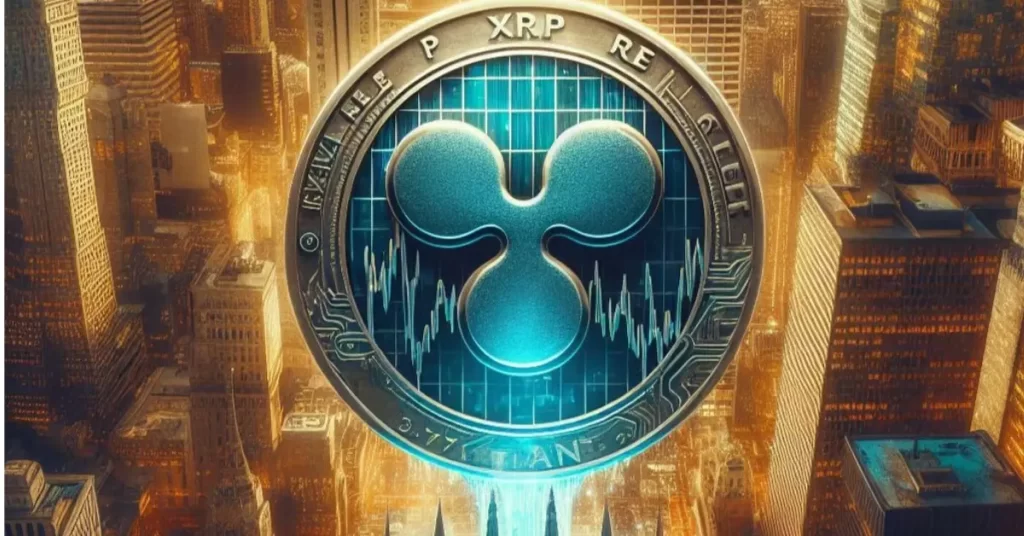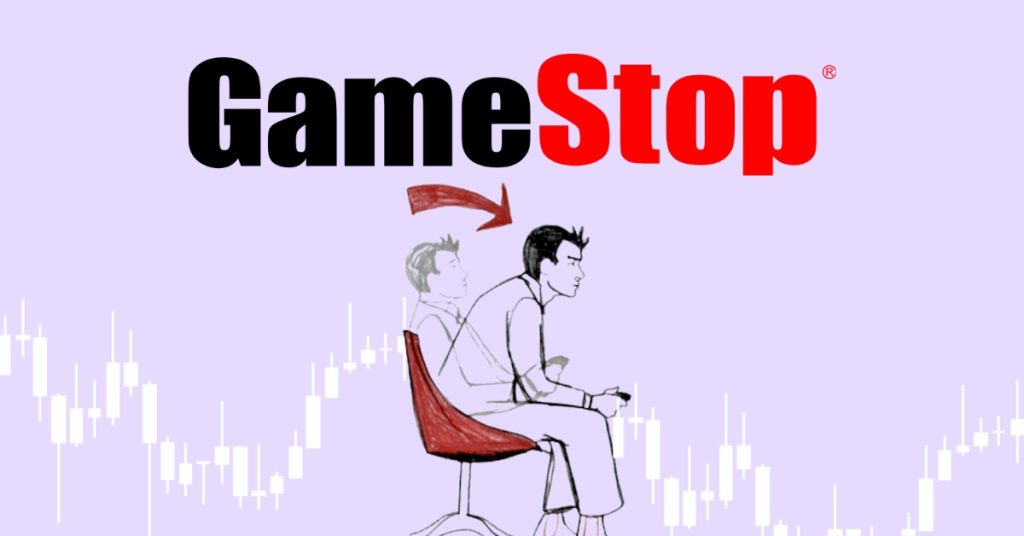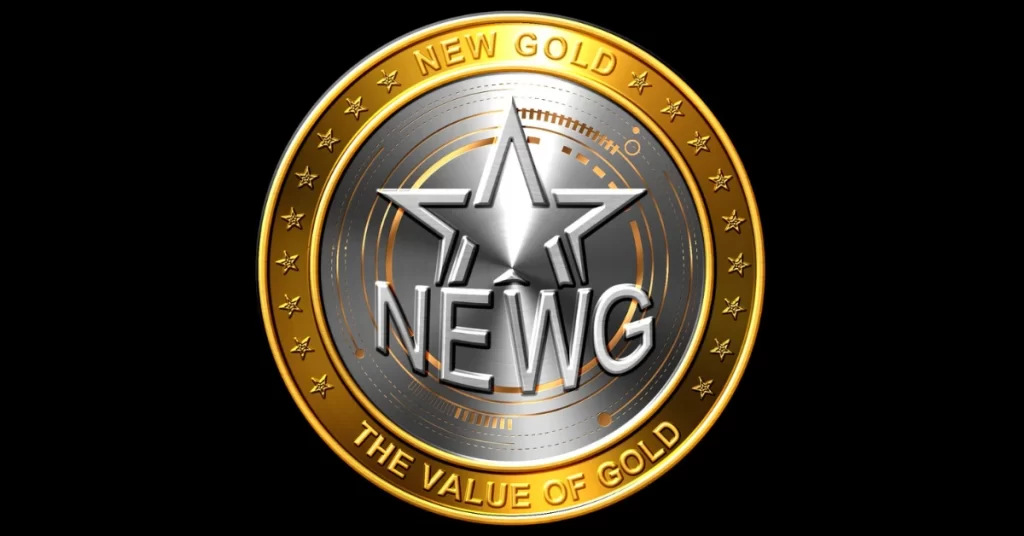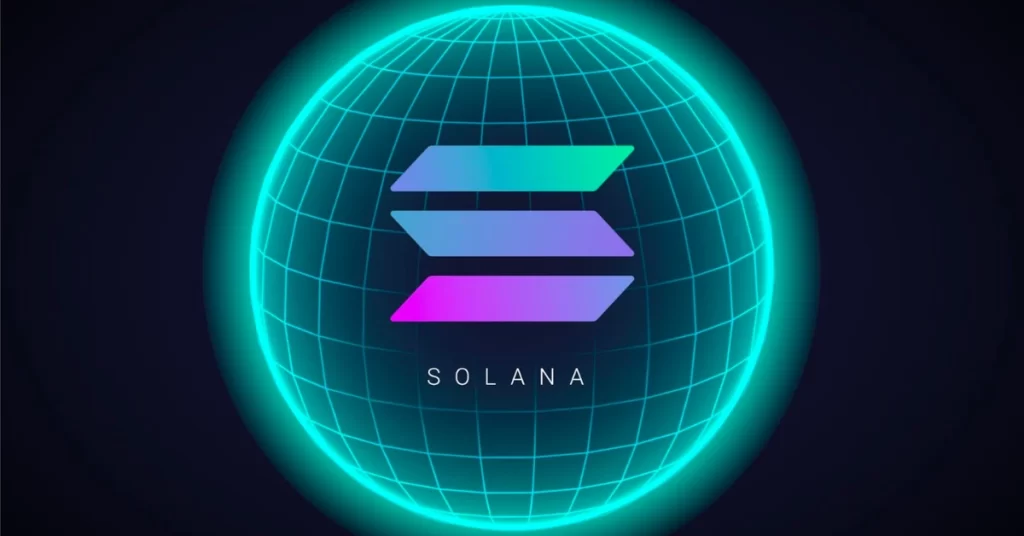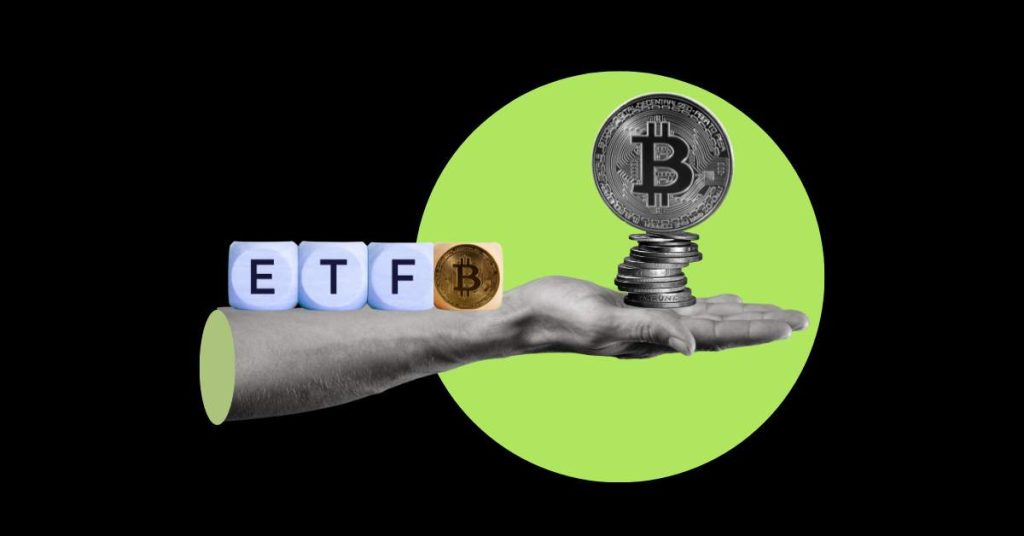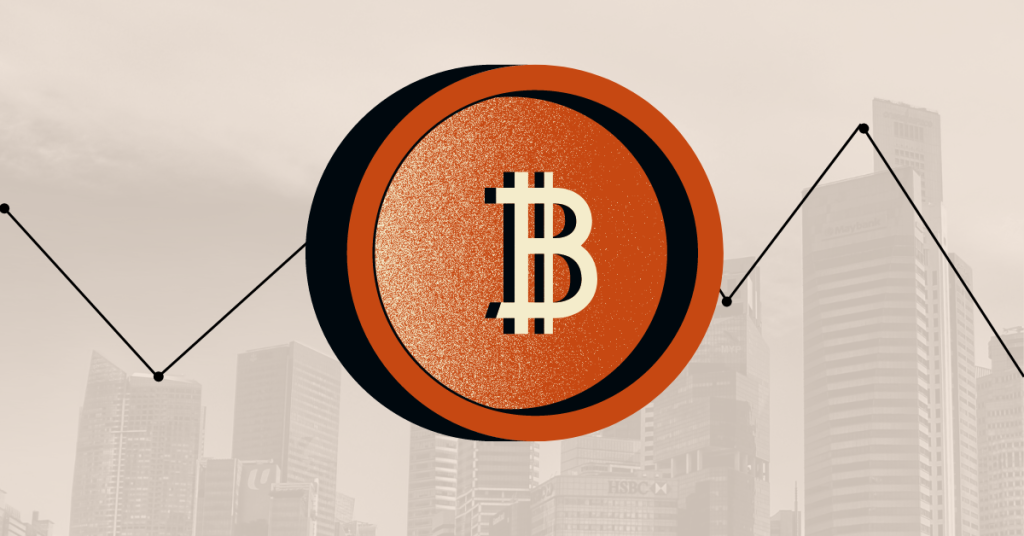BTF ETF: Bitcoin Challenging Gold As A Hedge
Summary Historical performance has clearly shown that Bitcoin has outclassed Gold, despite the FTX episode and its contagion effect on the cryptocurrency ecosystem. Therefore, to diversify your hedging strategy for uncertain times, Bitcoin futures through Valkyrie's BTF becomes an option. Also, Bitcoin got some support as it was not a catalyst for bank runs. Starting with a comparison with different asset classes is useful to put things into perspective. On the caution side, you have to get used to volatility when putting money to work into digital currency, and do note that most of the upside may be behind us. In times of uncertainty when the stock market is volatile, it is important to hedge, especially if you are not all into cash. Now, the rhetoric most commonly heard is to invest in gold, but, going against the trend, the aim of this thesis is to assess whether it is not Bitcoin (BTC-USD) that you should opt for. For this purpose, the Valkyrie Bitcoin Strategy ETF ( BTF ) provides exposure to Bitcoin futures as I will detail later, but, a look at the price action shows that it has produced above 60% upside since the beginning of 2023. BTF's Key Metrics (www.seekingalpha.com) This double-digit price performance exceeding the 50% mark may seem something of an anachronism during current market conditions where volatility reigns, while at the same time, a comparison with other asset classes including gold helps to put things into perspective. Bitcoin beating all, including Gold The chart below shows that Bitcoin has beaten all the other asset classes whether it is bonds, gold, the Nasdaq Composite, as well as the S&P 500. Data by YCharts Looking closer, while Bitcoin started to outperform the S&P 500 earlier, it was only at the beginning of March that the degree of outperformance widened, which coincided with the start of the banking turmoil. It even outperformed the Nasdaq Composite index, skewed towards mega-cap tech growth stocks by about 40% as shown above. Thus, the digital currency which, by the way, is the product of blockchain technology and was more correlated with tech back in 2022 now outperforms the technology sector by a hefty margin. The reason for Bitcoin's strength could be that with the banking turmoil, some investors have started to see crypto as the perfect asset class, not correlated to others, even U.S. government bonds. Noteworthily, it is these bonds, especially the long-dated treasuries which are considered risk-free but are to be partly blamed for banks' woes as they suffered from devaluation caused by rising interest rates. Now, since the troubled regional banks held a lot of these, the value of their assets fell, in turn creating liquidity problems, and, tellingly, few had predicted that interest rate risks would cause cracks to appear in the liquidity front through U.S. treasuries. Consequently, Bitcoin was not a cause of the bank runs. Along with bank troubles, the high debt-to-GDP ratio has come into focus as a result of the need to raise the debt ceiling, causing some to have doubts about the financial system itself, which brings us to crypto's original role which was precisely to revolutionize the financial system. Thus, some investors found solace in the digital currency, as in parallel gold failed to rise parabolically as had been predicted by some since 2021. On the contrary, it was the digital currency that prevailed delivering gains of above 232% over a five-year period, despite being much more volatile as pictured below. Data by YCharts Noteworthily, gold still underperformed the digital currency despite a major loss of confidence from November last year with the advent of the FTX collapse , which was a crypto exchange platform headed by Sam Bankman-Fried. This prompted many investors to sell as Bitcoin's price took a monumental hit and touched the $15.4K level , not seen since May 2020 and the market cap plunged to about $305 billion. Thus, crypto is not without risks. Volatility Risks Here, some will remember the systemic risks or risks pertaining to the crypto ecosystem as a whole with the demise of Genesis , and others triggered by the implosion of FTX which caused the cryptocurrency loan and brokerage company to suspend lenders' ability to withdraw their cryptocurrencies. Consequently, there could also be a domino effect impacting stakeholders as companies involved in crypto-related transactions face a more challenging regulatory environment as the FTX crash and the banking turmoil gave the Security and Exchange Commission the perfect excuse to pounce, resulting in market makers like Jane Street and Jump planning to shift their activities offshore to more crypto-friendly jurisdictions. In addition, the Commodities Futures Trading Commission (CFTC) filed a lawsuit against Binance (BNB-USD), the crypto exchange, for offering certain derivatives products. In addition to regulatory actions, liquidity conditions have also deteriorated especially for smaller exchanges in the wake of the banking turmoil, especially with the demise of Silvergate Capital ( SICP ) and the closure of its SEN (Silvergate Exchange Network) and others which enable the exchange of dollars for Bitcoin. The Case for Investing in BTF Despite all these pains, more people have been attracted to BTF as shown by the chart below which spans from November to May, a period that includes the FTX episode plus its contagion effects and banks' problems. During this time, the Bitcoin ETF has been highly volatile and, at times, even underperformed the SPDR Gold Shares ETF ( GLD) , but ultimately it got the upper hand, by delivering gains of 31.6% (blue chart below) for those who were brave enough to hold on to it. Comparison of price performances: BTF and GLD (seekingalpha.com) Now, this is all based on historical performances and no one knows exactly what the future will look like, but the facts certainly call for a rethink in hedging strategy. This does not mean that investors have to get rid of gold which has proven itself as a valuable store of value throughout the centuries but more to diversify into Bitcoin, which, it must be mentioned, also got some support from the Fed's actions during the banking crisis. In this respect, the tools put into place by the U.S. central bank to alleviate monetary conditions show that even if the Fed holds rates at current levels, it will inject liquidity into the system to avoid further cracks. Moreover, there are various ways to get exposure to crypto, including buying miners' stocks or the companies which use blockchain technology to produce Bitcoins. For this purpose, there is Valkyrie Bitcoin Miners ETF ( WGMI ) with a lower expense ratio of 0.75% . However, the problem is that it is more volatile, as seen by the variation between its year-to-date and one-year price performances. Moreover, its assets under management are less than $10 million, with about $807K traded in average daily volume. This may lead to poor liquidity and wider spreads (difference between the bid and ask price) especially in case the market is highly volatile, and you have to exit your position rapidly. Comparing BTF and WGMI (seekingalpha.com) Others may own shares of companies that are in Bitcoin trading or crypto exchanges, but these are not immune from further regulatory risks, as I mentioned earlier. Pursuing further, there are Bitcoin futures, just like oil futures contracts, which allow traders to place bets on future prices without actually owning barrels of crude. For this purpose, Valkyrie's BTF holds CME Bitcoin futures for May 2023 as shown below, and comes with an expense ratio of 0.95%. BTF Holdings (valkyrie-funds.com) Assessing the risks of owning BTF, Bitcoin futures just like those for any type of commodity is closely regulated by the CFTC, and as such does not entail the same type of liquidity risks that impacted exchanges where investors' dollars have to be converted to Bitcoins and vice versa. Instead, the ETF's stock fluctuations depend on the price of the commodity itself, in this case, Bitcoin. Hedging For Uncertainty Looking at the price action, both GLD and BTF were up on Friday, May 19 as the tussle between Democrats and Republicans continue over the extension of the debt limit, while both the S&P 500 and Nasdaq were down as pictured below. The Price Action (www.seekingalpha.com) Here, in addition to the risks of a United States default fueling the appetite for hedging, a high debt-to-GDP ratio entails paying more as interest payments and is therefore inflationary by nature, and supports both Bitcoin and Gold. However, with both sides of the aisle showing a willingness to come up with a consensus, the price action has evolved in favor of the S&P 500 and Nasdaq on Monday, May 22. However, with the June 1 deadline looming and bearing in mind that the negotiations normally last till the last minute, there can be further uncertainty favoring both gold and Bitcoin. As for a price target, BTF could climb to the $11.3 (10.4 x 1.084) level based on its one-year decline of 8.4% and current share price of $10.4. I support my bullish stance by the RSI of 45 which does not indicate an overbought condition. Moreover, this is a moderate target given that most of the upside which occurred during the banking turmoil may be behind us, but, with the possibility of a Fed pause in June or the second half of this year, monetary conditions should ease further. This is good for equities in general, including Bitcoin miners and traders, implying more demand for the digital currency. In conclusion, through a comparison with other asset classes including gold, this thesis has shown that despite all its pains, Bitcoin has delivered better gains, something which cannot be ignored during these highly uncertain times even if you are no crypto enthusiast. Ending with some words of caution, do bear in mind that I have NOT talked about Bitcoin achieving a safe haven status and replacing gold, as it is a relatively recent development that still has to withstand the test of time.




